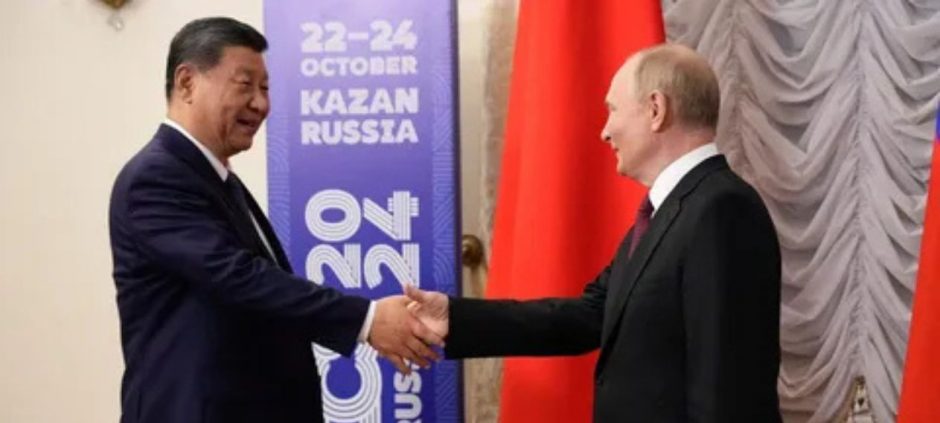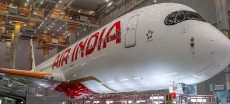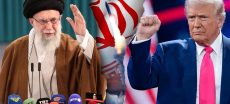China is set to stage a major diplomatic show as President Xi Jinping welcomes Russian President Vladimir Putin and Indian Prime Minister Narendra Modi. The gathering, described as a “powerful optics” moment in world politics, is being closely watched for its symbolism and the message it sends to the international community.
The keyword powerful optics reflects how this meeting is not only about dialogue but also about projecting strength. Analysts suggest that the event highlights Beijing’s intent to be seen as a central player in shaping global alignments.
Powerful optics in Beijing’s strategy
China has used such events before to underline its influence, but this meeting carries added weight. With global tensions rising, the optics of Russia, India, and China coming together on one stage are likely to spark new debates.
Key highlights of the visit include:
- A grand welcoming ceremony led by President Xi Jinping.
- Bilateral discussions between Xi and Putin, focusing on energy and defense.
- Talks between Xi and Modi on trade and border issues.
- A trilateral session signaling common ground despite ongoing disputes.
For India, the optics come at a sensitive time, especially amid concerns about China’s mega dam project in Tibet. Reports note that India remains wary of the project, which it sees as a potential threat to water security. This adds a layer of complexity to Modi’s presence in Beijing.
Experts believe these powerful optics serve multiple purposes. For China, it is about displaying leadership and hosting two major global figures simultaneously. For Russia, it strengthens ties with Asia as Moscow faces isolation from the West. For India, it demonstrates a willingness to balance partnerships despite ongoing frictions.
The symbolism is strong. While practical agreements may take time, the image of the three leaders together will dominate international headlines. Political analysts point out that optics often carry as much weight as actual policy, shaping public perception and diplomatic momentum.
As the meetings progress, observers expect discussions to touch on trade, security, and regional stability. The event highlights how global politics is increasingly shaped by visuals of solidarity as much as by written agreements.











